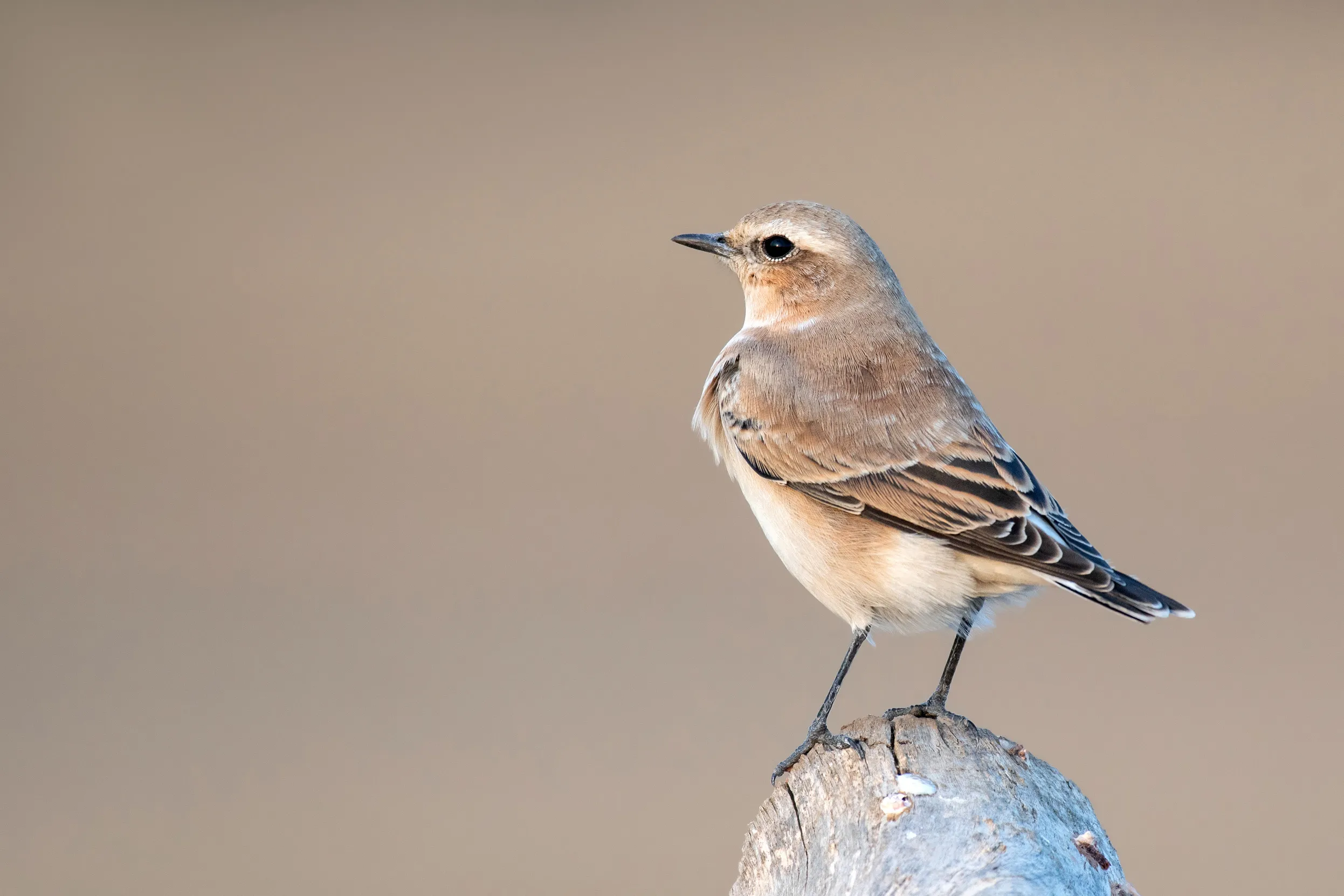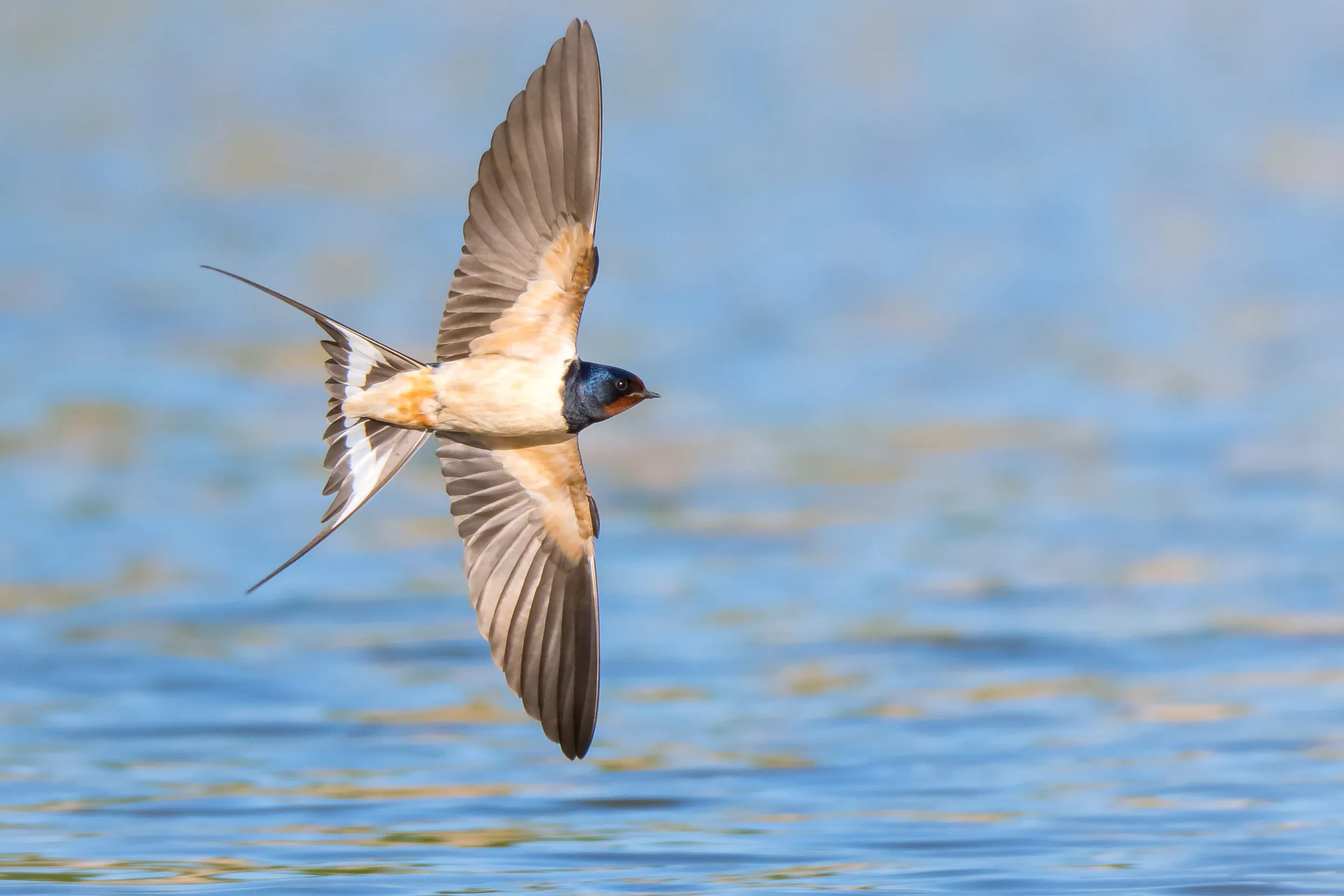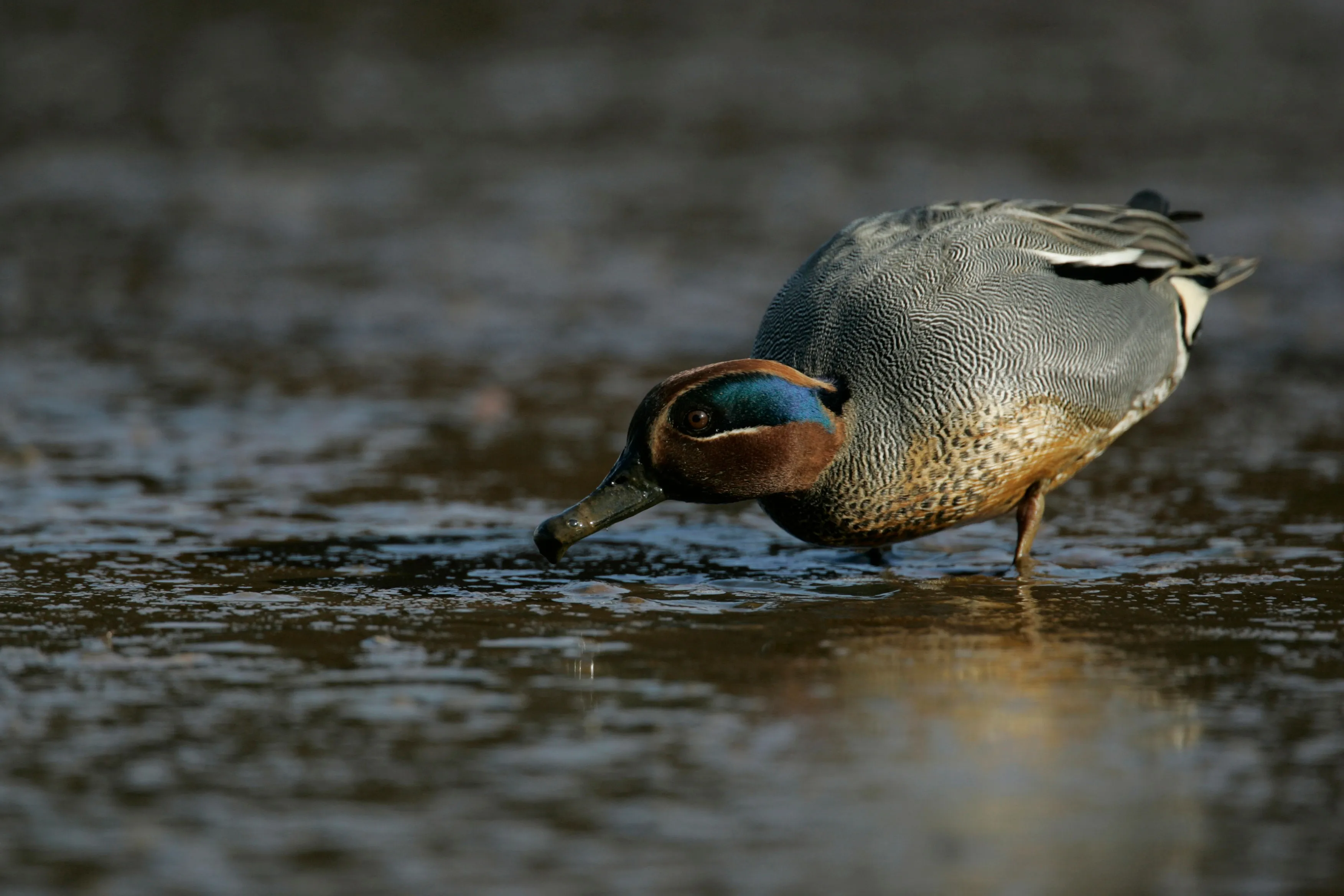Advice
The differences between pigeons and doves: an ID guide
Discover the five UK species and how they’ve been bred to live alongside people.
As summer moves to autumn, it’s all change in the birding world again as many species move in and out of the UK. In this month’s Nature’s Calendar, we look at what birds to keep an eye out for.

While most Swifts are long gone, we can still see some of our summer visitors on the move back to their relatively warmer wintering grounds. Meanwhile we can soon expect the return of our winter visitors. Read on for seven birds to look out for.
With their long tail feathers, swooping flight and bubbling call, you could spot Swallows just about anywhere as they make their journey south. Take a look at telegraph wires to see them gathering before they fly to France, Spain and eventually southern Africa.
Swallows need to make sure they are well stocked up before they go, so look out for them flying low over fields to find insects to fuel their 6,000+ mile journey. As well as crossing the sea more than once, Swallows, which weigh less than 14 paper clips, also fly over the Sahara Desert, an amazing feat for such a small bird.

Wheatears are small birds that breed in Iceland and Greenland, as well as in upland areas and farmland mainly in the west and north of the UK. As they migrate from their breeding grounds back to Africa for the winter, you have more of a chance of seeing them in lowland areas too, as they stop to feed in fields.
The easiest way to ID a Wheatear? Look for their white bum as they fly up from the ground. Males are blue-grey above, with black wings, black cheeks, a white rear and an orange flush to the breast. Females are more brown and streaky with a pale front.

Many of our visiting summer warblers will have left by now. Two warblers that cause many of us endless ID problems are Chiffchaffs and Willow Warblers – unless of course you hear them sing, when the Chiffchaff helps by singing its name.
Chiffchaffs and Willow Warblers are both grey-olive in colour with a pale stripe through their eye. Darker legs could mean it’s a Chiffchaff. The further we get into September, the less likely it is that you will see a Willow Warbler as more and more will have left for their wintering grounds in Africa. The upside of this is that come late September, you can (almost) safely bet your sighting will be a Chiffchaff.

One of the first of the many species of ducks and geese that flock into the UK to spend time in our relatively milder wetlands for the winter is the Pink-footed Goose. You might see them starting to arrive now – and especially towards the end of September.
In winter, these geese can flock together in their thousands, as the UK becomes home to the entire Icelandic and Greenland populations of Pink-footed Geese. That’s around 85% of the world population of this species – a jaw-dropping stat which underlines the UK’s importance for Pink-feet!
Pink-footed Geese are pinkish grey with a dark head and neck, a pink and black bill, and pink feet and legs. They breed in Iceland, Greenland and Spitsbergen in Norway, then migrate to eastern and northern England and Scotland. You might hear their noisy 'wink wink' call before you see them.

Have you heard the one about the whistling duck? It could just be a male Wigeon. A medium-sized duck with a round head and small bill, the male has a chestnut head and neck, a yellow forehead, pink breast, grey body and white wing patches. The female is browner with a grey bill.
Wigeons breed in central and northern Scotland and also in northern England, but many more visit the UK over the winter from Iceland, Scandinavia and Russia. Look and listen out for them in wetlands and coastal areas around the UK.

Another duck to look out for is the Teal. The most defining feature is its size, as it’s a small duck. Males have chestnut and green heads, a spotted chest, grey lower sides and a black edged yellow tail. Females are mottled brown. Both have the green wing patches that give the duck its name and us a living room paint sample!
Some Teals breed in the UK. In winter they are joined by many more, as Teals from the Baltic countries and Siberia flock to wetlands in the south and west of the UK.

The great thing about nature is that you are never quite sure what you might spot at any time. As well as our regular visitors, there are plenty of other birds that just stop over on their way to and from other countries. Keep an eye out for anything unusual.
Now’s the time to look out for a wonderfully unusual visitor! Wrynecks are members of the woodpecker family, just a little bit larger than a sparrow, that you might see feeding on ants on the ground. Most are seen near the east coast, as they migrate from Scandinavia to Africa, but they have been seen inland too and in people’s gardens.
Old names for the Wryneck include ‘twister’, ‘writhe neck’ and ‘snake bird’. These names recognise the Wryneck’s remarkable ability to turn its head from side to side and back and forth like a snake, in a move they use to deter predators.Their brown patterning or cryptic colouration helps to camouflage the birds.
Enjoy your autumn birdwatching!
